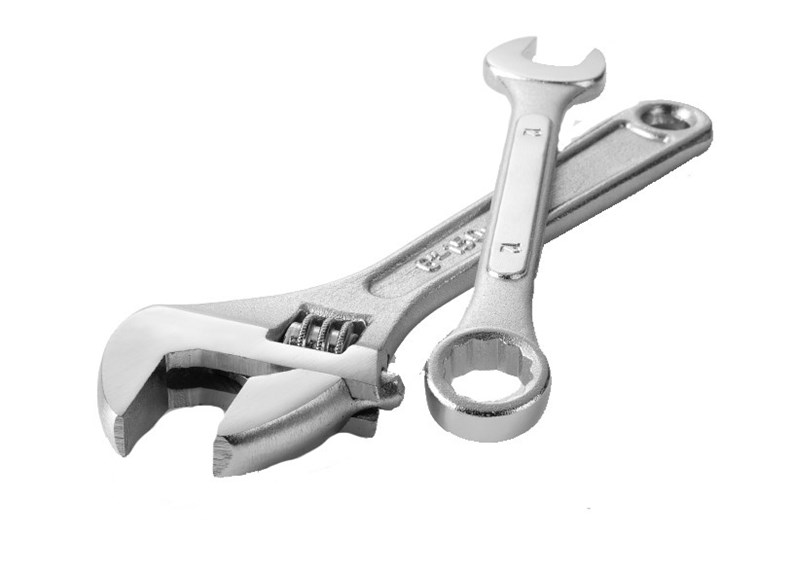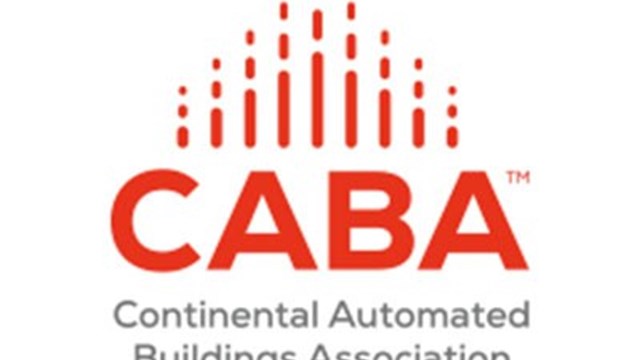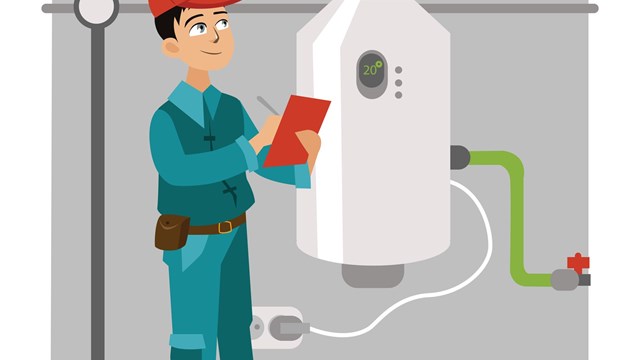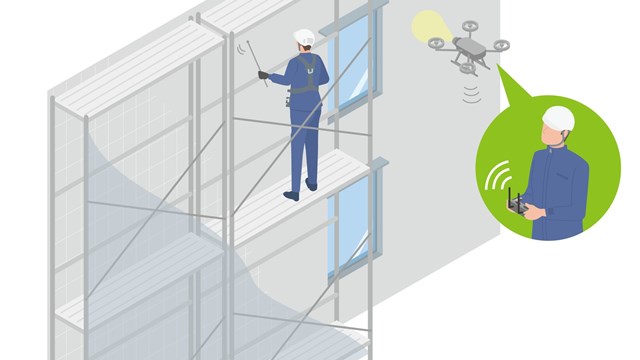In a multifamily building with families who are cooking, cleaning, dusting and breathing, it's no surprise that airways, chutes and garbage rooms can get clogged and dirty over time. Garbage, debris and allergens build up in a building's airways and passages, eventually contributing to problems ranging from noxious smells to potential health problems for residents. To maintain the environmental health of your building, it's vital that the HVAC system, garbage chutes and collection areas—in short, your building's respiratory and circulatory systems—remain clean, sanitary and stench-free.
An Issue of Maintenance
"A lack of maintenance and an increase in debris can cause problems because the systems haven't been properly maintained—sometimes since they were installed," says Phil Sullivan, vice president of Soundview Air Care in Port Jefferson, New York. "It causes physical problems and slows down your systems. Today, houses are built more airtight than ever before, and they don't allow for the natural flow of fresh air. All the carpeting and furniture inside can give off odors and chemicals unless the air is exchanged in the house."
Maintaining your building's respiratory system may also reduce the danger posed by fire, says Craig Berlin, president of Union, New Jersey-based environmental services company ChuteMaster Environmental, Inc. "An obstructed air duct can cause a real safety problem in a building," he says. "Should a fire break out, it's important that the air react as designed by the architects. There are cutoffs in the building that need to be maintained—which are sometimes encrusted with grease—and there are dampers that are sometimes not operational. Cleaning restores their operational value."
Another reason Berlin gives doesn't have as much to do with physical safety as it does with the bottom line. "Duct-cleaning also has to do with the vanity of the building. [Maintaining clean ductwork] is important for resale value and also for tenant satisfaction; it's important to keep a building clean so prospective tenants—as well as those who are already there—are satisfied that the management is maintaining a well-managed building."
The Meaning of Clean
According to the Environmental Protection Agency (EPA), "duct cleaning" generally refers to the cleaning of various heating and cooling system components of forced air systems. Those systems include the supply and return air ducts and registers, grilles and diffusers, heat exchangers, heating and cooling coils, condensate drain pans (drip pans), fan motor and fan housing, and the air handling unit housing.
The EPA says that if these systems are not properly installed, maintained and operated, their components may become contaminated with particles of dust, pollen or other debris. On top of that, if moisture is present, the potential for mold to grow is increased and spores from such growth may be released into the building's living spaces. These contaminants may cause allergic reactions or other symptoms in people exposed to them. This can lead to or aggravate respiratory diseases and illnesses, such as asthma, allergies, a persistent cough or cold, headaches, nausea and fatigue.
"What contributes to this dirty ductwork is pet dander, dust mites, allergens in the air, standard dust in the home—or a collection of all of those things—that come together and live in the duct work," explains Jeffrey Krentzman, director of operations of The Hygienic Home in Hackensack, New Jersey. "It all cuts down on the efficiency of your system, causes your bills to go up and hurts your indoor air quality. Most people spend 60 to 90 percent of their time indoors; children and elderly are especially vulnerable, especially if they have asthma."
"Proper cleaning of air duct systems will benefit the entire building—the lobby, the hallways, the trash chutes, the laundry room and especially the [units] themselves," says Dave Boden, director of regional sales at ChuteMaster. "If you allow dust and debris to collect in the ductwork, you get restricted airflow. If a building can't breathe, you get stagnant air. On top of that, the same substance that collects in the ductwork will harbor odors, because the building isn't breathing. Plus, your roof fans have to work much, much harder. As they do that, they're pulling dust and dirt up through [the system] which could give you a sizeable, expensive maintenance problem in the future."
Coming Clean
If all this talk of accumulating grease, grime, and vermin aren't enough to inspire a hard look at your building's respiratory system, your cleaning contractor can start the cleaning process by giving you a not-so-nice look inside your air ducts and chutes. With use of photo and video equipment, you can see before-and-after views of the equipment to get the full scope of any existing problems (and make certain that the contractor did a thorough job alleviating it).
"It's a free [service] and shows dust mites, spider webs, pollen, rust, sheetrock if there has been construction in the home, and so forth," says Krentzman. "You'll get a good view on the screen if you need it."
Just like you would vacuum, mop and polish the interior of your home, it is then important to clean what's actually coming into your home from the outside. To do so, according to Krentzman, companies use a long hose that is inserted into each individual air duct.
"The brush spins and knocks off the dust and then it acts as a vacuum and sucks it out," he says. "The cleaning process can take one to two hours, more for a bigger unit." The National Air Duct Cleaners Association (NADCA), a non-profit association of companies engaged in the cleaning of HVAC systems, does not endorse one kind of equipment over another.
There are two main types of vacuum collection devices: (1) those mounted on trucks and trailers, and (2) portable units. For obvious reasons, truck/trailer mounted equipment is generally more powerful than portable equipment. However, portable equipment can often be brought directly into a facility, allowing the vacuum source to be located closer to the ductwork. Both types of equipment will clean to NADCA standards. The experts say it is important to note that companies offering only vacuuming or brushing will not get an HVAC system clean. Both tools are required to get an HVAC system truly clean, and the contractor should use vacuum equipment that exhausts particles outside of the home or use only high-efficiency particle air (HEPA) vacuuming equipment if the vacuum exhausts inside the home.
If it's the garbage chutes that are being serviced, a few more steps may be in order, depending on the level of grime that's built up in the chutes, and how long it's been marinating in there. According to Berlin, the trash chute is a literal hotbed of safety hazards. "Residents throw down flammables, paint thinner, paints, and other items that aren't appropriate for the trash chute," he says. "Some of these stick to the sides of the trash chute and should be washed down on a regular basis."
Once the dust, grease, and whatever else is mucking up the airways in your building are flushed or vacuumed out, the contractor should then apply a sanitizer—an important component to keeping your ducts cleaner in the long run.
"Sanitizers are basically a germicidal, sporicidal compound that is fogged into the system to make sure there is no cross-contamination," says Thomas Licker, marketing environmental, Insurance Restoration Specialists, Inc., in East Brunswick, New Jersey, a company that specializes in commercial air vent and duct cleaning.
The EPA says that duct cleaning services typically—but not always—range in cost from $450 to $1,000 per heating and cooling system, depending on the services offered, the size of the system to be cleaned, system accessibility, climactic region and level of contamination and type of duct material.
Licker also suggests that boards or owners hire a company through NADCA. "Be sure the contractor is NADCA certified," he says. "It's an association that makes sure the contractors doing the work know what they are doing. It's a policing of contractors."
One caution: all consumers should also beware a scam from contractors. Some companies can make sweeping claims about the health benefits of duct cleaning—the EPA says that such claims are unsubstantiated and that consumers should be aware of what's called "blow-and-go" air duct cleaning companies. These companies often charge a nominal fee and do a poor job of cleaning the heating and cooling system.
In between cleanings, homeowners and building staff can implement some preventive measures to help reduce the gunk going into the air ducts. First and foremost, it's vital to check and change any filters in return units. "It may not solve the problem," says Krentzman, "but it might lessen some of the debris from getting into your system."
"It's important to do preventative maintenance and get on a schedule with a contractor," says Licker. "If you let it go too long, chances are it's decreasing the efficiency of your air handling system and you'll be paying more money in electric bills. If you get on a preventative maintenance program the company will come out once a year and check it to see if you need cleaning. How often it's clean depends on the building—some are dirtier than others."
Lisa Iannucci is a freelance writer and author living in Poughkeepsie, New York.







Leave a Comment